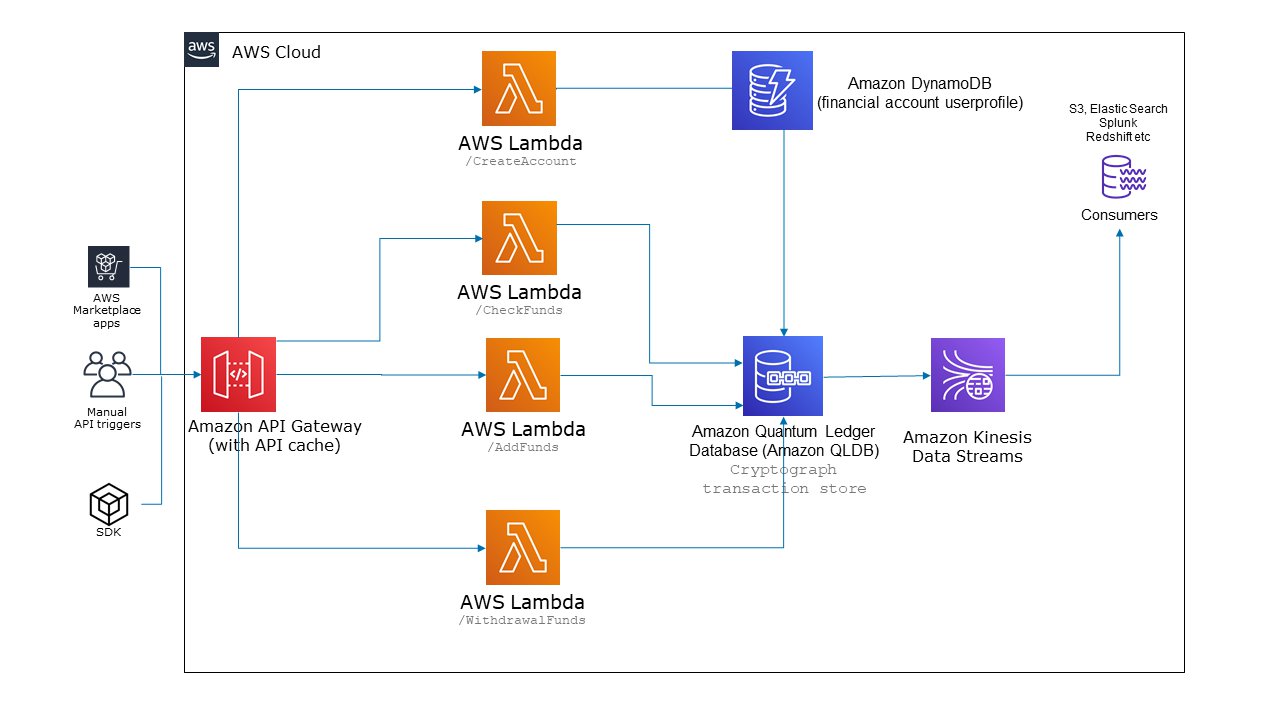AWS Database Blog
Category: AWS Lambda
Build a fault-tolerant, serverless data aggregation pipeline with exactly-once processing
The business problem of real-time data aggregation is faced by customers in various industries like manufacturing, retail, gaming, utilities, and financial services. In a previous post, we discussed an example from the banking industry: real-time trade risk aggregation. Typically, financial institutions associate every trade that is performed on the trading floor with a risk value […]
Build a near real-time data aggregation pipeline using a serverless, event-driven architecture
The collection, aggregation, and reporting of large volumes of data in near real time is a challenge faced by customers from many different industries, like manufacturing, retail, gaming, utilities, and financial services. In this post, we present a serverless aggregation pipeline in AWS. We start by defining the business problem, introduce a serverless architecture for […]
Build a simple CRUD operation and data stream on Amazon QLDB using AWS Lambda
In the financial services industry, efficient data lineage and audit capabilities are highly sought after. This is particularly true for database transaction processing that facilitates the movement of currency and management of sensitive customer account information. This is a challenge for customers because although all financial service providers generally have a means of moving money […]
How Liberty Mutual built a highly scalable and cost-effective document management solution
With more than 45,000 employees in 29 countries, Liberty Mutual is the sixth largest global property and casualty insurer, and currently ranks 71st on the Fortune 100 list of largest corporations in the US. The expectations of customers continue to increase as the pace of change accelerates, the nature and magnitude of risk change, and […]
Automate post-database creation scripts or steps in an Amazon RDS for Oracle database
In some cases, Database Administrators (DBAs) need to run post-database creation steps such as running SQL statements for creating users and database objects, resetting passwords, or standardizing Oracle database builds. This is mainly done during the database creation phase of new application deployment or during database refreshes that occur in non-production environments. AWS CloudFormation gives […]
Verify delivery conditions with the Accord Project and Amazon Quantum Ledger Database – Part 2
This is part two of the two-part series of blog posts discussing how to apply smart legal contracts technology to verify delivery conditions with open-source Accord Project and Amazon Quantum Ledger Database service. In the first part we introduced the smart legal contract technology, a sample delivery process, and reviewed the solution to run smart legal contracts on AWS with Accord Project. […]
Verify delivery conditions with the Accord Project and Amazon Quantum Ledger Database – Part 1
Smart legal contracts are an emerging technology in the legal tech domain. Their main goal is to make the verification of terms and conditions in legal contracts more efficient. Unlike smart contracts, which are self-running programs in distributed ledger databases (usually in blockchain-based systems), smart legal contracts represent an entire legal contract. They combine a […]
Deploy multi-Region Amazon Aurora applications with a failover blueprint
Certain organizations require multi-Region redundancy for their workloads to achieve disaster recovery and business continuity. Disaster recovery is an important part of resiliency strategy and concerns how a workload responds when a disaster strikes. The most common pattern to have as a disaster recovery solution in AWS is to build a multi-Region application architecture including […]
Build a graph application with Amazon Neptune and AWS Amplify
More and more organizations are adopting graph databases for various use cases, such as legal entity lookup tools in the public sector, drug-drug interaction checkers in the healthcare sector, and customer insights and analytics tools in marketing. If your application has relationships and connections, using a relational database is hard. But Amazon Neptune, a fully […]
Build a GraphQL API for Amazon DocumentDB (with MongoDB compatibility) using AWS AppSync
AWS AppSync is a fully managed service that makes it easy to develop GraphQL APIs by handling the heavy lifting of securely connecting to data sources like Amazon DynamoDB, AWS Lambda, and more. Adding caches to improve performance, subscriptions to support real-time updates, and client-side data stores that keep off-line clients in sync are just […]









